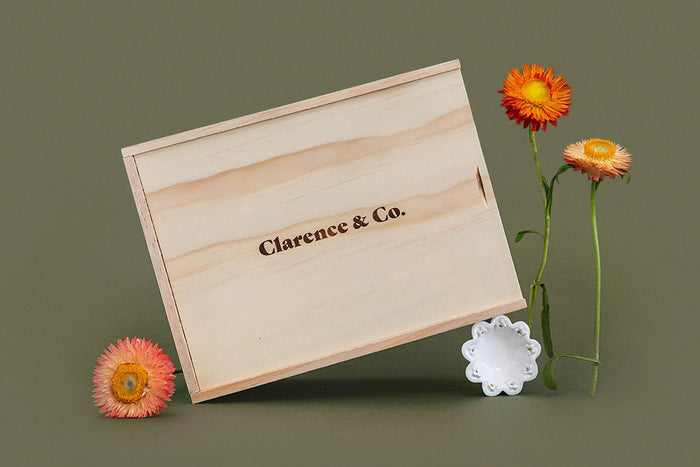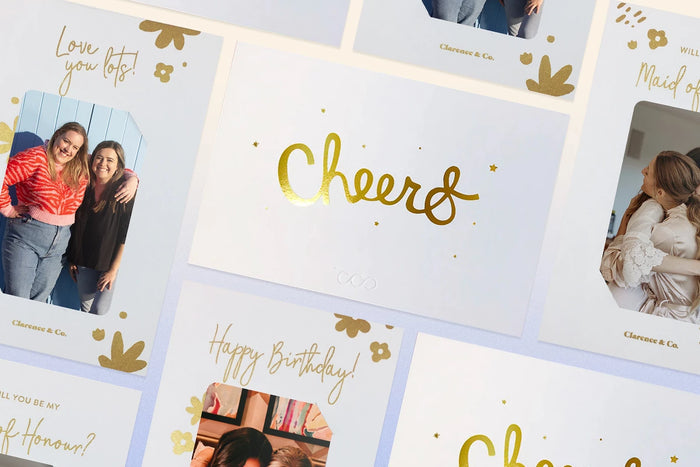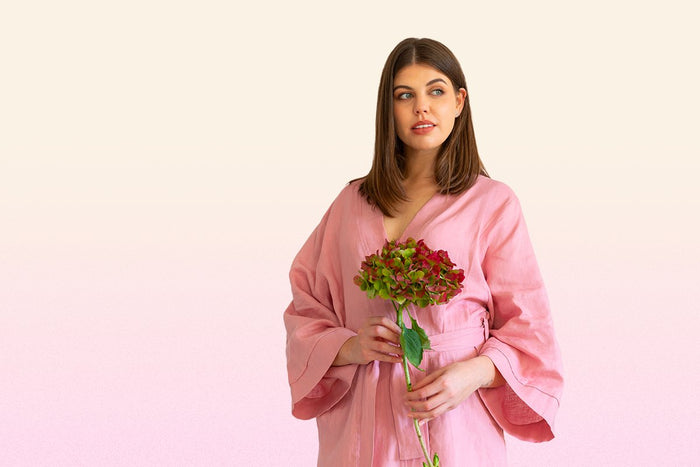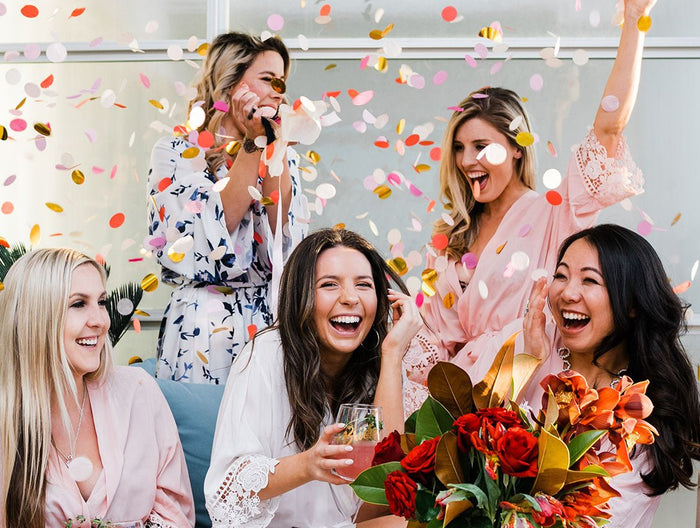How to Choose a Wedding Wine List
WineOwl: Guest blog
One of the most common questions we see from NZ couples planning their special day is: how the heck do we pick the wines to serve at our wedding?
If you asked us, we’d say pick the pretty labels… which is definitely not what you should do! So we’ve enlisted an expert. Here’s WineOwl (Aussie-based wine reviewer extraordinaire) to give you his top tips!
Picking out a wedding wine list is a delicate balancing act. You need to control costs so you’re not left with a whopping fat drinks bill at the end of the night (and you’ve already got enough whopping fat bills at this point), but you also want to serve your guests something that won’t leave them spending the evening with, literally, a bad taste in their mouths. The good news is you really don’t have to choose between reasonable prices and decent quality. Like the little girl in those old El Paso commercials, you can have both. Here are some tips to help you pick a great, affordable wedding wine list.
Pick your menu first, then your wine list
It’s probably not the best idea to be serving bold reds if you’re asking your guests to select from a Vegan buffet. The better option is to pick your menu, then find out which wines will go with it. A google search will quickly find you the answers you need. For example, a search like “Best wines to pair with lamb” will tell you to go for a younger Cabernet Sauvignon, or Cabernet/Merlot blend.
How many and what type?
If you’ve been thoughtful about your wine pairings, there is no need to splash out on four different types of whites. One or two red and white options, plus a sparkling, should suffice. Just make sure they aren’t too similar. Offering a light bodied wine like Pinot Noir alongside a full-bodied wine like Cabernet should do the trick. Rosé is also an option if you’re getting married on a warm day and you’re providing drinks during the afternoon. If you have some sweet tooths in the crowd you could also offer dessert wine. However, by the time anyone gets to drink it they will probably be more interested in heading to the dancefloor.
Deciding how much sparkling wine to order for your wedding wine list is relatively easy. If it’s just for toasting purposes, each bottle should cover between seven and nine guests, depending on how generous you are with your pours. So simply divide the number of guests you have by seven, or eight or nine (it’s up to you really) and you’ll have a good idea of how much to order.
However, deciding how much still wine you’ll need is a little more tricky and will depend a lot on the people you are inviting. Are they heavy drinkers or light drinkers? How many of them drink wine? If you're not sure, it’s probably best to order more than you think you will need, just to be safe. You can always drink the leftovers later, or give them to friends. So make sure to order wines you and your partner actually like.
Read wine reviews
Everyone has subjective tastes, but reviews are a good place to start your wedding wine list journey. A review, whether it’s from a professional or a wine lover on Vivino, will at least give you an independent view of a wine that’s free from marketing guff. If you like, you can check out WineOwl’s reviews.
Taste first
A little research will greatly improve your chances of picking a great wedding wine list. But since you're going to be ordering multiple bottles you really should try before you buy. Why not pick out a list of potential options, order them in a mixed case and try them out with your partner or some friends over a few weeks to see which ones you liked best.

Don’t buy wine because you like the label
Generally, the more elaborate the packaging, the more overpriced the wine. Wines are like people — it’s the ones trying too hard for your attention that you need to watch out for. A pretty label has no bearing on the quality of the wine inside. That’s not to say that good wines can’t have nice labels, it just means you need to do some more research to find out what’s inside the bottle.
Beware catchy names
A great wine name is a sign of a good marketing team, rather than a good winemaker. Don’t be lured in by sweet and whimsical names and never trust a pun. Again, good wines can have good names, but there is no broad correlation between the two.
Buy the wine, not the region
Just because it’s a Bordeaux, doesn’t mean it’s any good. Famous wine regions are more than capable of producing bad wine. And just because you liked that Central Otago Pinot or Barossa Shiraz you had with dinner last week, doesn’t mean every wine from that region will be similarly enjoyable. The best thing is to do some research and read reviews.
Find out which vintages are best
Most producers are more or less slaves to the weather. In great years they will make great wines, in poor years they will make lesser wines. Good winemaking and vineyard management can make a huge difference, of course, but buying wine from a great vintage is almost a sure bet while buying from a lesser vintage is much riskier.
There is a wealth of information out there on vintage conditions for every region. For example, if you know you’re a fan of Central Otago Pinot Noir just google “best vintages for Central Otago Pinot Noir” and you’ll have some guidance on the best years to choose.





